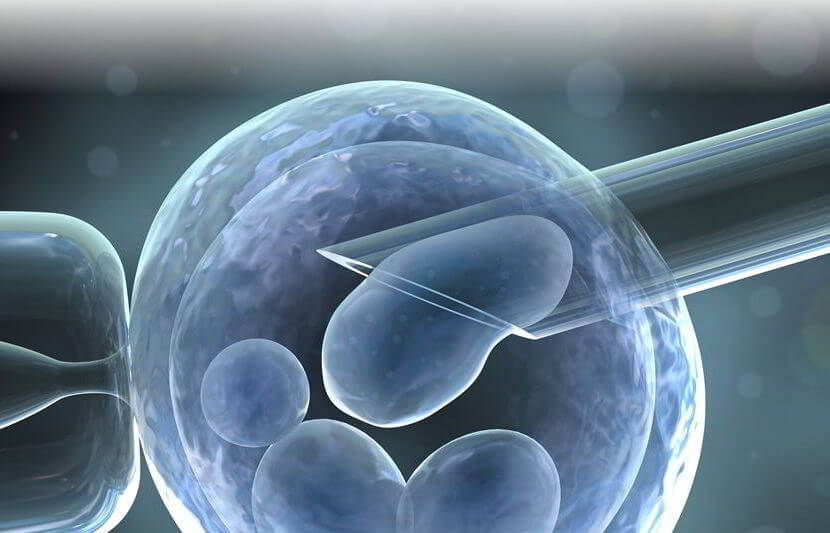A team of researchers, led by Dr. Melanie L. Sutton-McDowall from the University of Adelaide, has developed a new imaging technique that could improve the odds of reproduction in women needing In Vitro Fertilization (IVF) intervention. The technique will help IVF experts assess which embryos are the healthiest before implantation.
The study is published in Human Reproduction.
IVF is the process of fertilization by extracting eggs and sperm sample, and then manually combining the two in a laboratory dish. The embryos are later transferred into the uterus.
The team’s method helps determine the viability of the embryos before they are implanted into the uterus. “We use a special type of imaging to show differences in the metabolism and chemical make-up of embryos before they’ve been implanted,” said Sutton-McDowall in a statement.
The technique, also known as “hyperspectral imaging,” measures the natural glow of embryos to help assess which ones are the healthiest. The shade varies based on the cell’s chemical reactions or metabolism.
“This research is the first step towards having diagnostics that look at the activity of the embryo, in a non-invasive way, to help pick the healthiest embryos,” Sutton-McDowall told The University Network (TUN).
Picking the healthiest embryos will hopefully lead to improved pregnancy rates.
Up until now, techniques for predicting the health of embryos before implantation have been limited, being either invasive or too subjective. Procedures are invasive when it involves taking a biopsy of an embryo. Current method of screening embryos using a normal optical microscope is inadequate, as it does not allow IVF experts to determine the viability of embryos that were not obviously poor ones, which would show in their differences in uniformity, and was therefore dependent on the subjective approach they take.
“Current assessment of embryo quality is via visual assessment of the appearance and shape of the embryo,” Sutton-McDowall told TUN. “It’s like comparing two types of sport balls. Two tennis balls of the same size and color are better than a tennis ball and a basketball. Although this is performed by a highly trained embryologist, it is still largely subjective.”
The new imaging technique, however, provides clinicians with an objective measure as to which embryo should be selected as part of the IVF process.
The new imaging technique is capable of capturing and analyzing every pixel in an image “for its light intensity at differing wavelengths,” which would allow clinicians to look for known or atypical characteristics in each individual embryo, measure metabolic differences with each embryo, and determine which embryos are healthier.
The ability to measure embryo metabolism, many researchers believe, is a key factor in determining whether or not an IVF program will be successful, so the new imaging technique could be a game changer. It could be used in combination with other diagnostics methods for a more accurate and objective way to determine the viability of embryos.
“We found that embryos that contain cells that have similar activity, or homogeneous metabolism, were healthier than embryos with cells that had different activities,” Sutton-McDowall told TUN.
While the research, according to Sutton-McDowall, is “still very much in the preliminary stages” and the new imaging technique has so far been tested on cattle embryos only, she believes that the technique is “extremely promising.”
“It offers benefits of being a non-invasive imaging approach that provides real-time information to the clinician,” she said in a statement.
Sutton-McDowall predicts that the technology is still 5-10 years away from being ready for clinical use.
This research was funded by the ARC Centre of Excellence for Nanoscale BioPhotonics.
The research team includes researchers from the University of Adelaide (Robinson Research Institute and Institute for Photonics and Advanced Sensing), Macquarie University, and Quantitative Pty Ltd.



